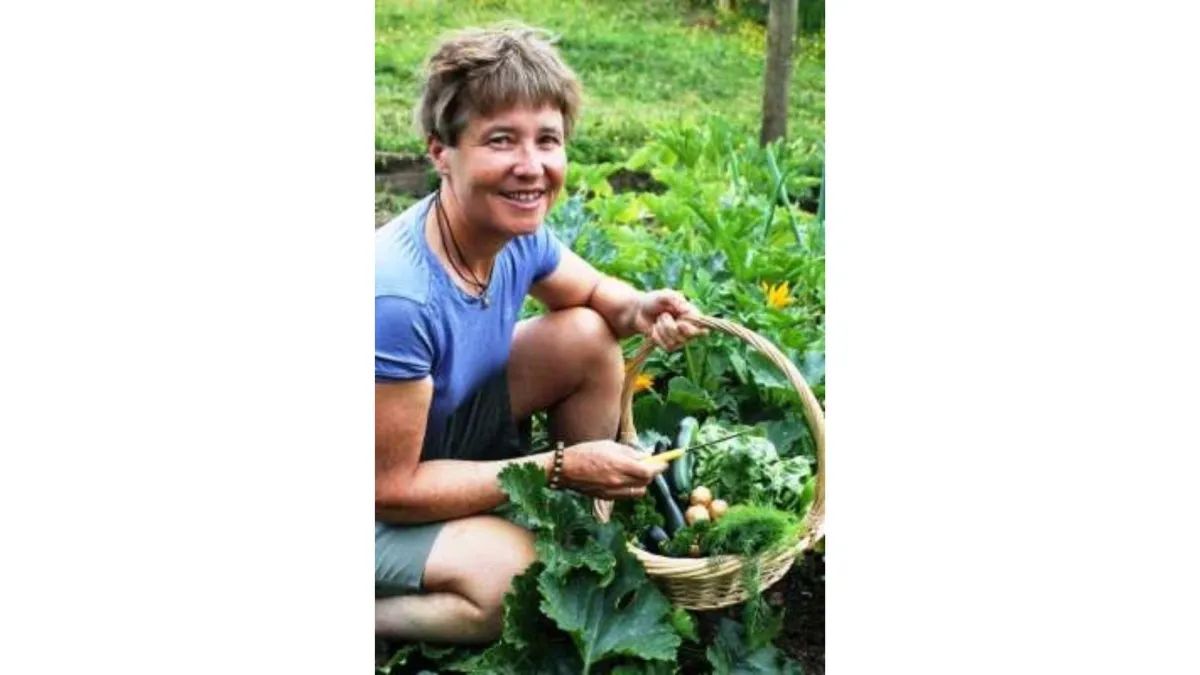
January in the garden
Start Planning for Winter Crops
It's tempting, while the heat of mid-summer is still upon us, to banish thoughts of autumn and winter, yet January is the very month when preparations must be made if we are to enjoy fresh vegetables in the colder months to come. January finds me busy sowing into boxes the seed of winter brassica: Savoy cabbage, broccoli, cauli-greens, kales, and silverbeet. I’ll plant most of the seedlings into the garden around the middle of February (those in warmer climes can delay this activity until well into March) and save a few of the silverbeet to go into the glasshouse in case the winter turns out to be severe.
Sow Autumn Greens Direct into the Garden
Toward the end of January I’ll sow, in situ, a short row each of autumn greens such as tatsoi, bok choy, mizuna, and Chinese cabbage. These veges, which don’t like to be transplanted, enjoy growing into the cooler months. Alongside them I’ll also sow hardy winter lettuce such as Rouge d’ Hivre and Canasta.
Feed and Maintain Maturing Summer Crops
Vegetables maturing throughout January (peas and beans) and those whose lives I want to extend (zucchini, broccoli, spring onion) and promote (root veges such as carrot, parsnip and beetroot) are given generous helpings of liquid manure, and fresh mulch if the earlier application is wearing thin. A check is kept on the glasshouse to ensure cucumbers are regularly harvested (this encourages the vines to produce more fruit) and to make sure no tomato laterals are left to grow. New Zealand spinach plants (raised in December) are tucked in under the tomato plants in the glasshouse, ready to spread their wings once the cucumber and tomato vines are spent and have been removed. New Zealand spinach is a mainstay in winter when it provides crisp leaves for salad and the basis for frittata.
Sow and Propagate Indoors for the Colder Months
Inside the house, I will be re-sowing basil for window ledge production, and taking leaf cuttings from the stevia plants. I’ll grow the new plants indoors over autumn and winter.
Begin Seed Collection and Plant Preparation
The start of seed collection for next season’s sowings begins in mid January with the gathering of coriander heads. Dry seeds are shaken into a wide basin; remaining heads are hung upside down over a container in a warm dry shed. A few broad bean plants and a range of peas are set aside so the seeds can dry in the pod. Strawberry runners get the snip or are potted up for next year’s supply. Then it’s feet up and a rest in the sun before the first hint of autumn begins to show its face.

